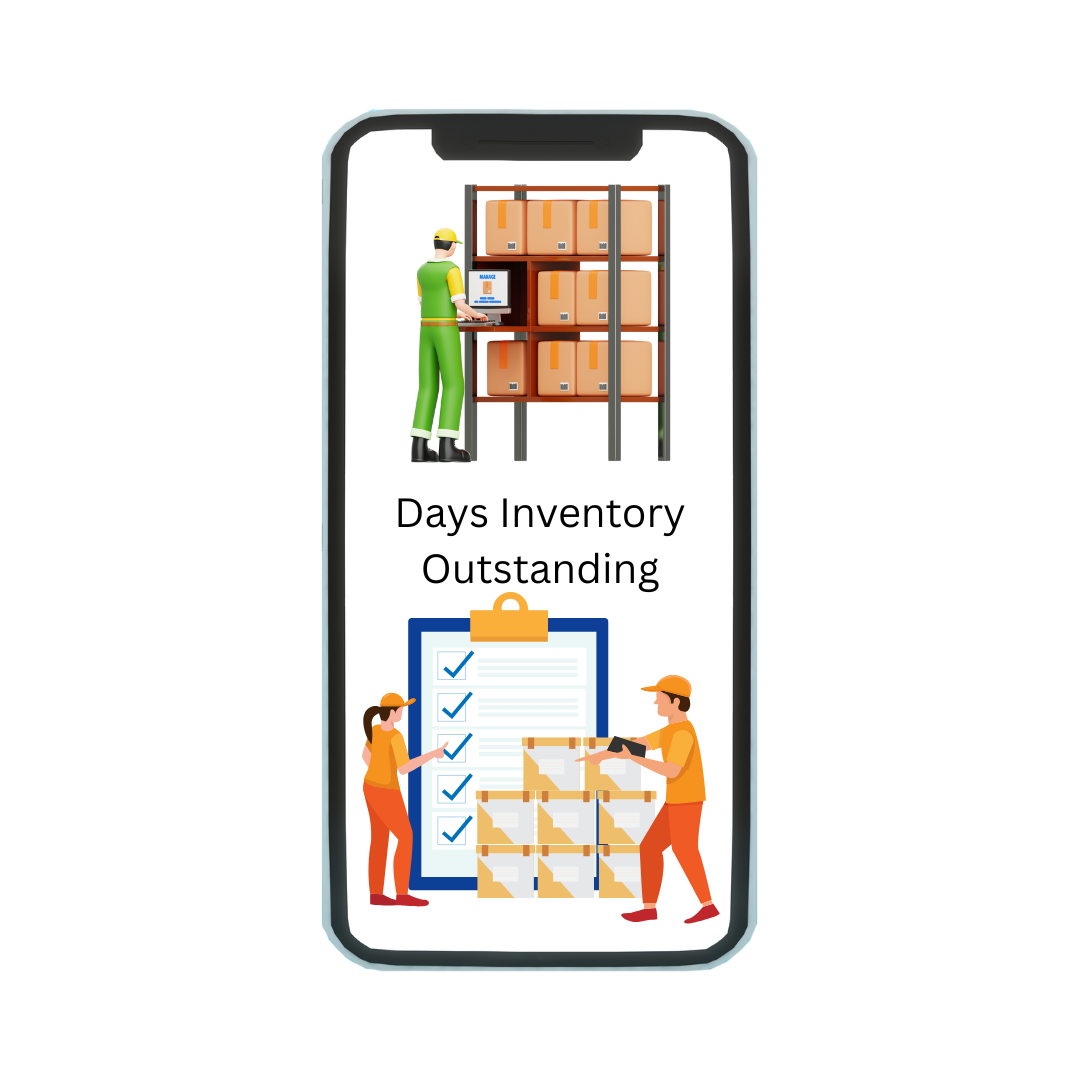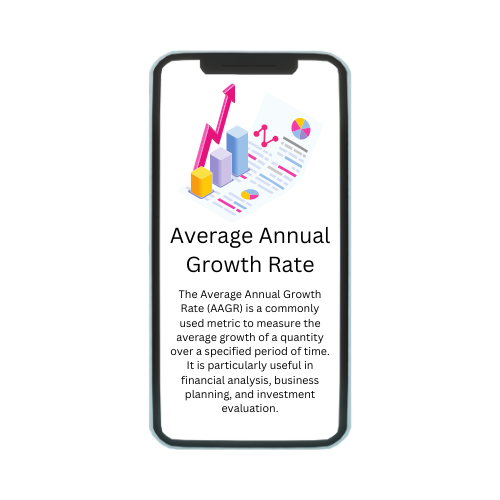In the realm of financial risk management, Catastrophe Bonds (Cat Bonds) stand out as a unique and innovative financial instrument. These bonds offer a means for insurance companies and reinsurers to mitigate their exposure to large-scale natural disasters, such as hurricanes, earthquakes, and floods, by transferring some of the risk to capital market investors. Catastrophe Bonds provide a crucial layer of financial protection, ensuring that insurers and reinsurers have access to quick and substantial funds in the aftermath of catastrophic events, thereby reducing their reliance on traditional reinsurance. Investors, on the other hand, are enticed by the potentially high returns and diversification benefits, despite the inherent risk of losing their principal or interest payments if a triggering event occurs. This article explores the mechanics, benefits, risks, and structure of Catastrophe Bonds, shedding light on their role in the broader landscape of insurance and reinsurance.
What Is a Catastrophe Bond (Cat)?
A Catastrophe Bond, commonly known as a Cat Bond, is a type of insurance-linked security (ILS) that allows insurance companies and reinsurers to transfer the risk of natural disasters to capital market investors. Unlike traditional insurance, where risks are managed through premiums and reinsurers, Cat Bonds provide an alternative risk transfer mechanism. They work by issuing bonds to investors who receive regular coupon payments throughout the bond’s term. If a predefined catastrophic event, such as a hurricane or earthquake, occurs and meets certain conditions outlined in the bond contract, investors may lose part or all of their principal or interest payments. The appeal of Cat Bonds lies in their potential for high yields and diversification benefits, although they come with the risk of total or partial loss of capital if a triggering event occurs. These instruments have gained popularity among insurers and reinsurers seeking to manage their exposure to catastrophic risks more effectively.
How Cat Bond Payouts Work
Cat Bond payouts are contingent upon predefined catastrophic events, such as hurricanes, earthquakes, or floods. The payout mechanism is structured around trigger events that are explicitly defined in the bond’s contract. These triggers typically rely on objective and verifiable data, such as wind speed or earthquake magnitude, sourced from reputable agencies. If a qualifying event occurs and meets the predefined criteria, the bond’s principal and/or interest payments may be redirected to cover the losses of the insurer or reinsurer. The payout process is designed to provide quick access to funds following a catastrophic event, enabling insurers to manage their financial obligations and mitigate the impact of large-scale disasters effectively. Investors in Cat Bonds face the risk of losing part or all of their investment if a triggering event occurs, making the assessment of risk exposure and trigger events critical factors in determining the attractiveness of these instruments. Despite the risk, Cat Bonds offer competitive returns and are considered a valuable tool in diversifying investment portfolios.
The Benefits And Risks Of Cat Bonds
Benefits
Catastrophe Bonds offer several benefits to both insurers and investors. For insurers and reinsurers, Cat Bonds provide an alternative source of risk transfer, reducing their reliance on traditional reinsurance and diversifying their risk management strategies. These bonds allow insurers to access large sums of capital quickly after a catastrophic event, enabling them to fulfill their financial obligations to policyholders without delay. Additionally, Cat Bonds can be customized to cover specific risks, such as hurricanes or earthquakes, which may not be adequately covered by traditional insurance products. For investors, Cat Bonds offer the potential for high yields, often higher than traditional fixed-income securities, and the opportunity to diversify their investment portfolios. Despite the risks involved, the returns from Cat Bonds can be attractive, especially for investors seeking non-correlated assets to traditional financial markets.
Risks
However, Cat Bonds come with inherent risks that investors should consider. The primary risk is the potential for loss of principal or interest payments if a triggering event occurs. If a catastrophic event, such as a hurricane or earthquake, meets the predefined criteria outlined in the bond contract, investors may lose part or all of their investment. The payout triggers are based on objective and verifiable data, such as wind speed or earthquake magnitude, but the uncertainty surrounding these events adds to the risk profile of Cat Bonds. Furthermore, the secondary market for Cat Bonds can be illiquid, making it difficult for investors to sell their bonds before maturity if needed. Investors must carefully assess their risk tolerance and conduct thorough due diligence before investing in Cat Bonds to mitigate these risks effectively.
Example Of A Catastrophe Bond
An illustrative example of a Catastrophe Bond is XYZ Re’s issuance to hedge against losses from hurricanes in the Gulf of Mexico. In this scenario, XYZ Re, an insurance company, seeks to transfer the risk of potential hurricane-related claims to the capital markets. The Catastrophe Bond, structured through a special purpose vehicle (SPV), specifies that if a hurricane of a certain magnitude strikes the Gulf of Mexico and meets predefined conditions (such as wind speed thresholds), investors’ principal may be at risk, and the funds would be redirected to cover insurance claims. Investors in this Catastrophe Bond receive regular coupon payments during the bond’s term. If no qualifying hurricane event occurs, investors continue to receive their coupons, but if the trigger event happens, part or all of the principal may be used to pay insurance claims instead. This example demonstrates how Catastrophe Bonds provide insurers with financial protection against specific catastrophic risks while offering investors an opportunity to earn attractive returns, albeit with associated risks.
Catastrophe Bond Structure
Catastrophe Bonds (Cat Bonds) are structured financial instruments designed to transfer catastrophic risks from insurance companies and reinsurers to capital market investors. The structure of a Catastrophe Bond typically involves several key components:
Trigger Mechanism
Cat Bonds use trigger mechanisms based on predefined catastrophic events, such as hurricanes, earthquakes, or floods. These triggers are specified in the bond’s contract and rely on objective, verifiable data sourced from reputable agencies. For example, a trigger could be a certain wind speed for hurricanes or a specific earthquake magnitude. If the trigger conditions are met, the bond may be triggered, and funds would be redirected to cover insurance claims.
Special Purpose Vehicle (SPV)
Cat Bonds are often issued through a Special Purpose Vehicle (SPV), a distinct entity created solely for the purpose of issuing the bond and managing the associated risks. The SPV issues the bonds to investors and holds the proceeds in trust until maturity or until a triggering event occurs.
Risk Modeling and Analysis
Before issuing a Catastrophe Bond, insurers and reinsurers conduct rigorous risk modeling and analysis to determine the likelihood and potential severity of catastrophic events. This analysis informs the bond’s structure, including trigger levels and payout mechanisms.
Ratings and Pricing
Cat Bonds are typically rated by credit rating agencies based on the underlying risk, structure, and creditworthiness of the issuer. The pricing of Cat Bonds reflects the perceived risk of catastrophic events occurring and the potential impact on investors’ principal and coupon payments.
Investors and Returns
Investors in Catastrophe Bonds receive regular coupon payments throughout the bond’s term, which are funded by the premiums paid by the insurer or reinsurer. If a triggering event occurs and the bond is activated, investors may lose part or all of their principal, depending on the severity of the event and the bond’s structure.
Secondary Market
While Catastrophe Bonds are designed to be held to maturity, a secondary market exists where investors may buy or sell bonds before maturity. The liquidity of this market can vary, impacting investors’ ability to exit their positions.
Conclusion
In conclusion, Catastrophe Bonds (Cat Bonds) have emerged as a vital financial instrument in the insurance and reinsurance industries, providing a means to transfer catastrophic risks to capital market investors. These bonds offer insurers and reinsurers a valuable tool to manage their exposure to large-scale natural disasters, such as hurricanes, earthquakes, and floods, by accessing quick and substantial funds in the aftermath of such events. For investors, Cat Bonds present an opportunity to earn attractive returns, often higher than traditional fixed-income securities, while diversifying their investment portfolios. However, the benefits of Cat Bonds come with inherent risks, including the potential loss of principal or interest payments if triggering events occur. The structure of Cat Bonds is complex, involving rigorous risk modeling, trigger mechanisms, and the use of Special Purpose Vehicles (SPVs) to issue the bonds. Despite the risks, the market for Catastrophe Bonds continues to grow, reflecting their importance in providing financial protection against catastrophic risks. Overall, Catastrophe Bonds play a critical role in enhancing the resilience of insurance markets and facilitating efficient risk management strategies in an increasingly volatile global environment.
Frequently Asked Questions(FAQs)
Catastrophe Bonds are typically invested in by institutional investors such as pension funds, hedge funds, and other asset managers seeking diversification and high yield.
Unlike traditional insurance products, Catastrophe Bonds transfer risk directly to capital markets investors, reducing the reliance on traditional reinsurance.
Catastrophe Bonds typically cover natural disasters such as hurricanes, earthquakes, floods, and sometimes pandemics.





